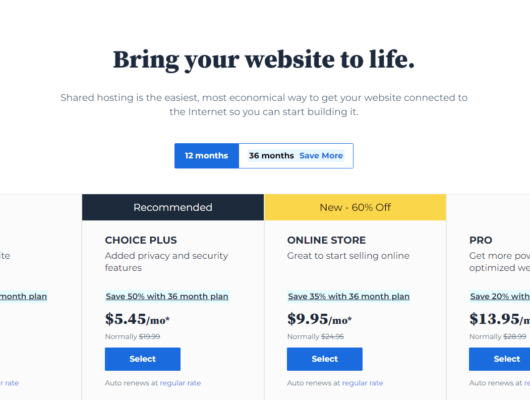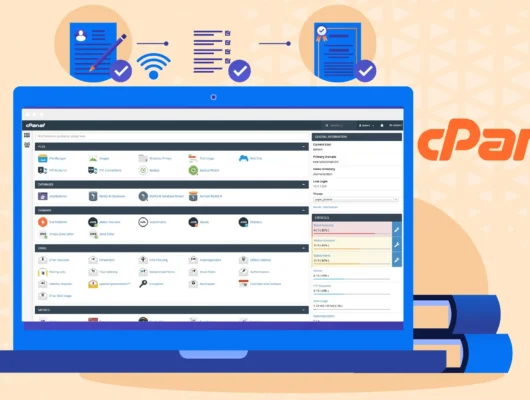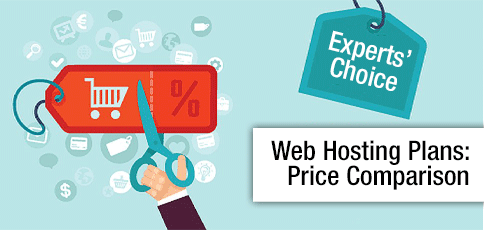In today’s fast-changing world, Software as a Service (SaaS) is becoming a popular choice for businesses.
It’s changing how companies access and use software applications.
What is SaaS?
SaaS is a cloud-based service that lets businesses use software online by paying a subscription.
Unlike traditional software that needs to be installed on servers, SaaS allows access through a web browser. This makes it flexible and cost-effective.
Benefits of SaaS
-
Cost Savings:
With SaaS, businesses avoid high upfront costs. Instead, they pay only for what they use, which helps manage the budget better. -
Access Anytime, Anywhere:
Since SaaS is cloud-based, it can be accessed from any device with an internet connection. This supports remote work and collaboration. -
Automatic Updates:
SaaS providers handle updates and maintenance, so businesses don’t have to worry about installing them themselves. -
Scalability:
SaaS grows with the business. Whether you need more or fewer resources, SaaS adjusts easily to fit your needs. -
Collaboration and Integration:
Many SaaS applications have built-in tools for team collaboration. They also integrate well with other business tools, making workflows smoother. -
Security:
SaaS providers invest in strong security to protect data, with features like encryption and multi-factor authentication.
Challenges of SaaS
-
Data Security and Privacy:
Even though SaaS providers offer strong security, businesses should ensure their provider follows privacy regulations and keeps data safe. -
Reliance on Internet Connection:
Since SaaS is cloud-based, a stable internet connection is necessary. In areas with unreliable internet, this can cause interruptions.
Read more about Public Cloud Computing…
Conclusion
SaaS has changed the way businesses use software, offering a more affordable, flexible, and secure solution.
As businesses continue to grow, SaaS helps them stay efficient and adaptable in a digital world.






